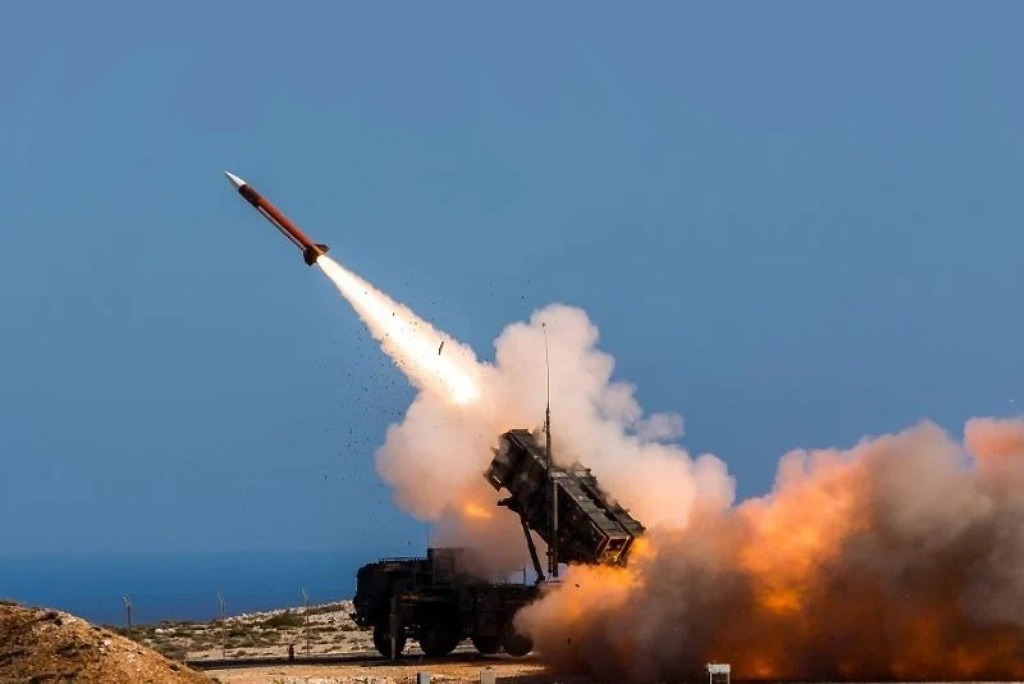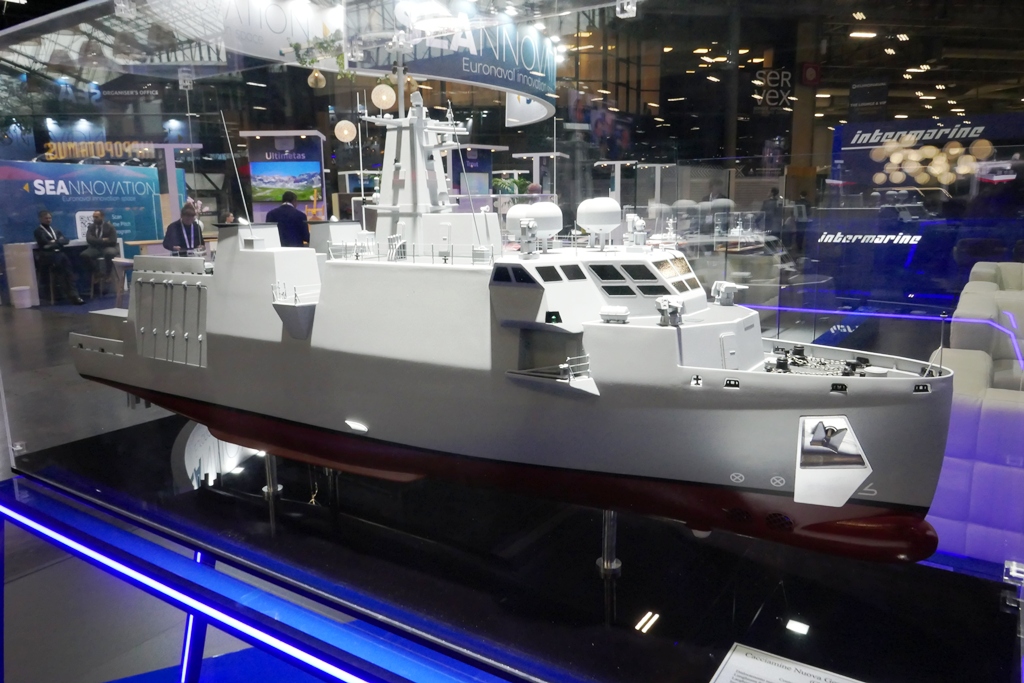Accelerating Defense Procurement: A Priority for Modern Warfare
The U.S. Department of Defense (DoD) must prioritize the expeditious delivery of weaponry to warfighters while maintaining a strategic advantage over adversaries, particularly China. The critical aspect is not merely rebranding the Pentagon, but significantly reducing the time required to deploy new capabilities. Delays in equipment delivery can compromise operational effectiveness during conflicts.
Addressing Bureaucratic Challenges
The previous administration took notable strides to challenge the entrenched bureaucratic structures within the DoD. Specifically, reforms to the acquisition process led to the elimination of the antiquated Joint Capabilities Integration and Development System (JCIDS) and targeted the removal of acquisition bottlenecks that extended project timelines unnecessarily. These reforms were fundamental in enhancing the agility necessary for modern combat operations.
Visionary Transformation in Defense
One of the most impactful moves was the establishment of the U.S. Space Force, marking the inception of a new military branch after over seven decades. As anti-satellite threats loom and the militarization of space accelerates, this initiative is crucial for ensuring U.S. dominance in an increasingly contested domain.
Sustaining Momentum for Reforms
The pivotal question now is whether the Trump administration can translate recognition of systemic deficiencies into lasting reform. Historical trends indicate that initiatives often falter without consistent presidential commitment. When a president emphasizes a strategic issue and invests political capital, bureaucracies tend to respond. Conversely, when focus wanes, reform momentum also dissipates.
To ensure that defense reform becomes an enduring aspect of the administration’s legacy, sustained personal involvement is imperative. This requires more than periodic speeches or reviews; robust processes must be instituted to maintain accountability and pressure for progress on a continuous basis.
Actionable Steps Forward
To expedite capability delivery and maintain pressure on the bureaucratic system, several immediate actions can be implemented:
-
Monthly “Speed-to-Field” Meetings: Convene regular sessions at the White House, requiring updates on what has been delivered to warfighters, identification of items facing delays, and accountability for resolving issues. Program managers, service chiefs, and industry leaders should present these updates publicly.
-
White House Coordinator for Defense Reform: Appoint a dedicated “defense czar” with expertise in defense technology and procurement to ensure that presidential directives are effectively implemented, bypassing bureaucratic hindrances.
-
Establish Stringent Timelines: Mandate that high-priority programs must deliver a minimum viable capability within 12 months. While perfection can follow post-deployment, the priority must be on rapid, iterative improvements.
-
Streamline Processes: Simplify procedures by consolidating redundant reviews, eliminating low-value reporting, and cutting down on non-essential paperwork. This will accelerate progress and reduce resource expenditures on bureaucratic tasks.
-
Reward Outcome-Oriented Leaders: Shift the focus of promotions and recognition towards leaders who successfully expedite system delivery, rather than those who merely navigate the existing bureaucratic landscape without risk.
Cultural Shift and Legislative Collaboration
The prevailing risk-averse culture within the DoD has led officials to prioritize blame avoidance over innovative solutions. However, this is a systemic issue compounded by congressional actions that have layered complexity upon complexity, resulting in operational paralysis.
To alleviate this dysfunction, it is essential for the Trump administration to instruct the Chairman of the Joint Chiefs to identify the most burdensome laws and regulations hindering productivity. Subsequently, leveraging political capital could facilitate legislative change to dismantle these obstacles. This initiative should focus on reducing bureaucratic encumbrances while preserving necessary oversight structures.
Historical Lessons on Speed
Historically, the U.S. has demonstrated remarkable speed in defense development when prioritized; for instance, the Polaris ballistic missile system was conceptualized and deployed within five years during the late 1950s and early 1960s. In contrast, contemporary programs often span over a decade. This disparity highlights the potential for change when leadership emphasizes speed.
Beyond Acquisition Reform
While acquisition reform is paramount, America’s military advantage also hinges on fostering international talent and fortifying the federal-university research partnership. Maintaining open avenues for immigration of skilled scientists and engineers is integral, as is sustaining robust funding for research in defense-related technologies.
Any reduction in federal research investment or severance of governmental ties with academic institutions could yield long-term disadvantages vis-à-vis competitors like China.
Conclusion
The necessity for speed in defense capability delivery cannot be overstated. When leadership prioritizes speed—backed by decisive authority—capabilities are realized efficiently. The effective implementation of the aforementioned strategies could help the U.S. retain technological superiority over adversaries.
The path forward is clear: Trump has the opportunity to pioneer transformative defense reforms. This endeavor will require unwavering focus on expediting weapon delivery, rectifying system bottlenecks, and nurturing an innovation ecosystem. Strategic changes, rather than superficial renaming, will be critical to achieving sustained military efficacy and maintaining a formidable deterrent posture against future adversaries.





